The ancient Egyptians stand as architects of an unparalleled civilization, leaving an enduring legacy that captivates the imagination of scholars and enthusiasts alike. At the heart of this ancient world, the pharaohs reigned supreme, holding the scepter of power and embodying the divine essence that connected mortal realms to the celestial.
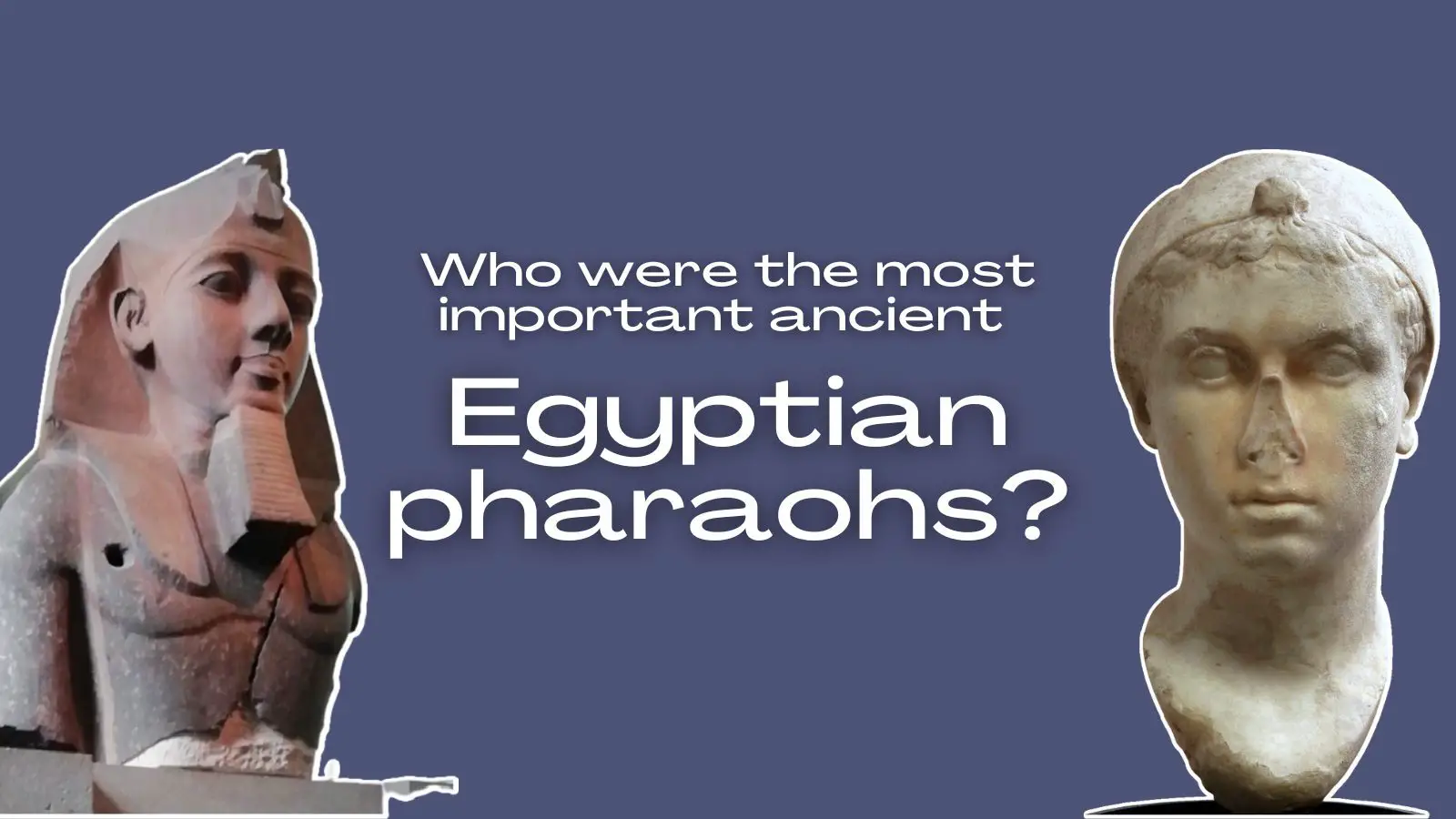
These pharaohs, more than mere mortal rulers, wielded authority over both the physical and spiritual realms, shaping the destiny of their people and etching their stories into the sacred scrolls of history.
From the golden age of the Old Kingdom to the tumultuous epochs of the New Kingdom, each pharaoh left an indelible mark on the sands of the Nile, with their names echoing through the corridors of time.
As we embark on this odyssey through the pages of history, we will encounter the sagas of visionary leaders, military strategists, and divine intermediaries who constructed colossal pyramids, commissioned monumental temples, and navigated the complex currents of diplomacy with neighboring civilizations.
Join us in the unraveling of the mysteries surrounding these iconic figures, as we peer into the distant past to understand the indomitable spirit and profound legacies of the pharaohs who once ruled as gods among men.
Famous Pharaohs in Ancient Egypt
The ancient Egyptian civilization spanned for thousands of years, and during this time, there were numerous pharaohs who ruled in different dynasties. Estimates suggest there were over 300 pharaohs, but the exact number may vary depending on the inclusion or exclusion of certain rulers from different periods.
However, on this article will list the top ten Pharaohs from 2600 BC (BC) to date:
1. Djoser (R. 2686–2649 BC)
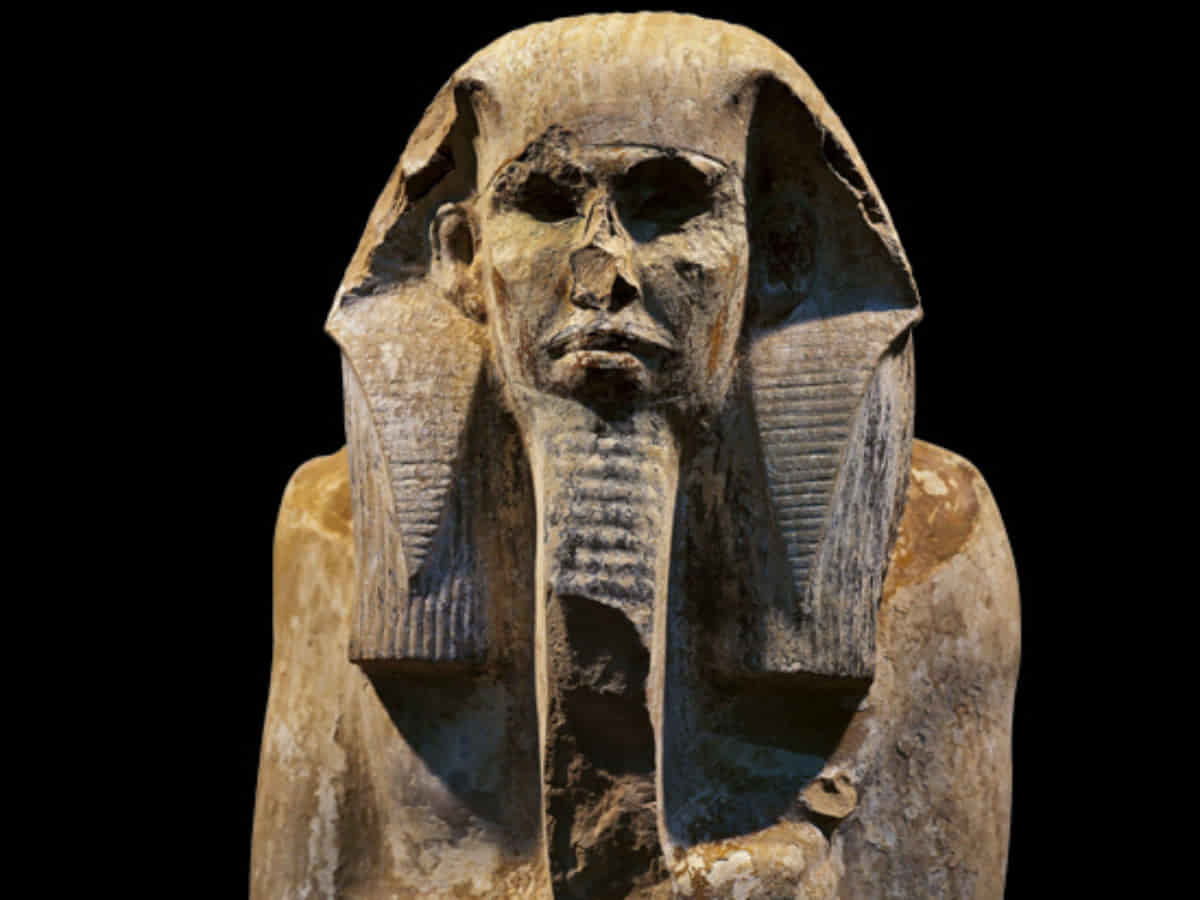
King Djoser, the third ruler of the Third Dynasty of ancient Egypt, left an indelible mark on the landscape of history, earning a place of prominence as a visionary pharaoh and an architectural trailblazer. Ascending to the throne around 2686 BC and ruling until 2649 BC, Djoser’s reign is synonymous with innovation, most notably marked by the construction of the groundbreaking Step Pyramid at Saqqara.
Djoser’s chief architect, Imhotep, played a pivotal role in the realization of the Step Pyramid, introducing revolutionary architectural techniques that would shape the future of pyramid construction. The Step Pyramid, towering over the desert landscape, was a testament to Djoser’s commitment to pushing the boundaries of design and engineering. It represented a departure from traditional mastaba-style tombs and marked the evolution towards the iconic smooth-sided pyramids that would characterize later dynasties.
Beyond his architectural achievements, Djoser’s reign was characterized by a stable and prosperous Egypt. He implemented economic reforms, fostering trade and agricultural development, which contributed to the kingdom’s overall prosperity. Djoser’s administration maintained control over the intricate bureaucracy of the time, ensuring the effective governance of the nation.
Furthermore, Djoser’s religious undertakings were evident in his devotion to the god Ptah. The construction of the Step Pyramid complex included a grand enclosure wall and various structures, reflecting the pharaoh’s religious piety and his desire to secure a prosperous afterlife.
2. Khufu (R. 2589–2566 BC)
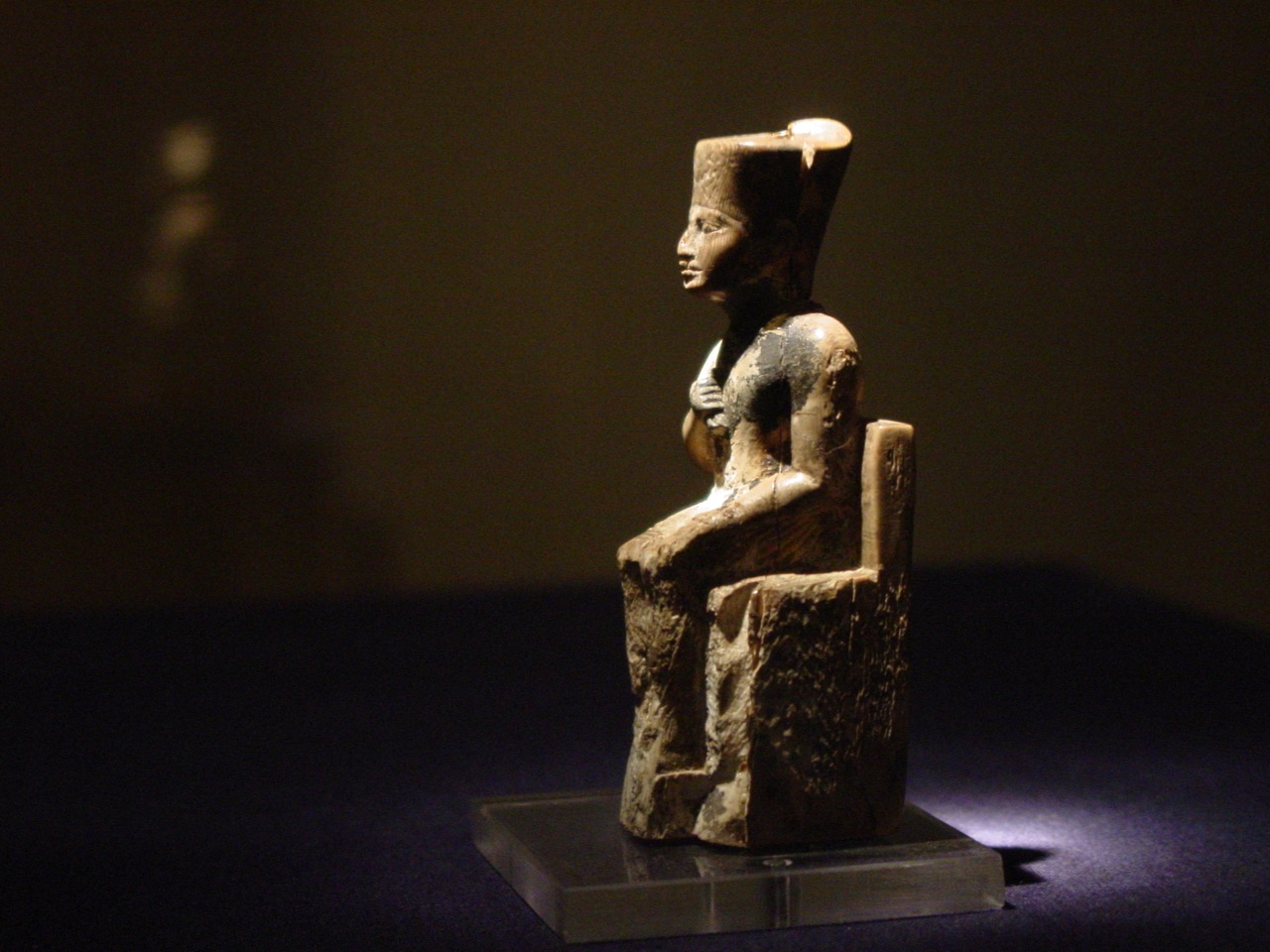
Khufu, the pharaoh who ruled ancient Egypt from 2589 to 2566 BC, is perhaps best known for commissioning the construction of the Great Pyramid of Giza. The magnitude of his reign is encapsulated in the colossal proportions of this architectural marvel, standing as one of the Seven Wonders of the Ancient World.
Khufu’s reign marked the apex of the Fourth Dynasty, and his ambitious undertaking of the Great Pyramid showcased not only his supreme authority but also the engineering prowess of ancient Egypt.
The pyramid, initially rising to a height of approximately 146 meters (481 feet), was constructed with an astounding precision that remains a subject of fascination and study to this day. The sheer scale of this monument underscores Khufu’s commitment to perpetuating his legacy in the afterlife.
While Khufu is often remembered for the Great Pyramid, he also exerted control over a thriving and prosperous Egypt. His rule is documented in administrative achievements and expeditions that contributed to the kingdom’s economic prosperity. The legacy of Khufu endures not only in the monumental structures that bear his name but also in the stability and grandeur of the ancient Egyptian civilization during his reign.
3. Hatshepsut (R. 1478–1458 BC)
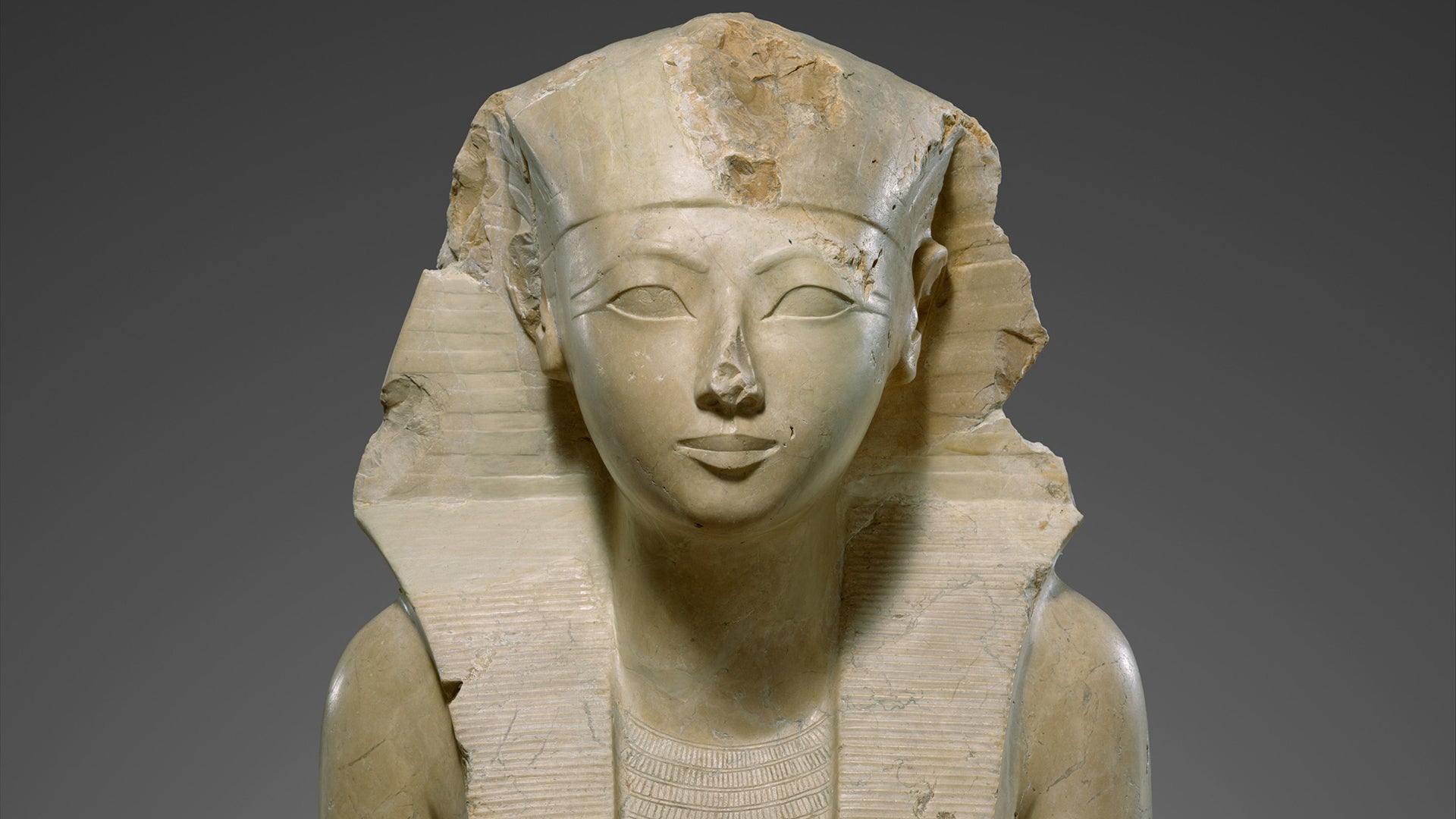
Hatshepsut ascended to the throne around 1478 BC, breaking with tradition to become one of the few female pharaohs in the history of the Nile civilization. Renowned for her unprecedented reign, lasting until 1458 BC, Hatshepsut navigated the complexities of power with remarkable diplomacy and foresight.
Elevating Egypt’s international standing, she embarked on ambitious trade expeditions to the mysterious land of Punt, securing exotic goods such as incense, ivory, and rare plants. This not only bolstered the kingdom’s wealth but also established her as a shrewd and influential leader on the world stage.
Hatshepsut’s architectural legacy is embodied in the grandeur of her mortuary temple, Djeser-Djeseru, nestled in the cliffs of Deir el-Bahari. This architectural masterpiece reflects her commitment to cultural and artistic pursuits, showcasing a harmonious blend of tradition and innovation.
Despite her accomplishments, Hatshepsut’s legacy faced attempts at erasure after her death, possibly due to the unconventional nature of her rule. Nonetheless, her impact on ancient Egypt endured, as a testament to the resilience and capability of a remarkable female pharaoh who defied conventions and left an indelible mark on the sands of time.
4. Thutmose III (R. 1458–1425 BC)
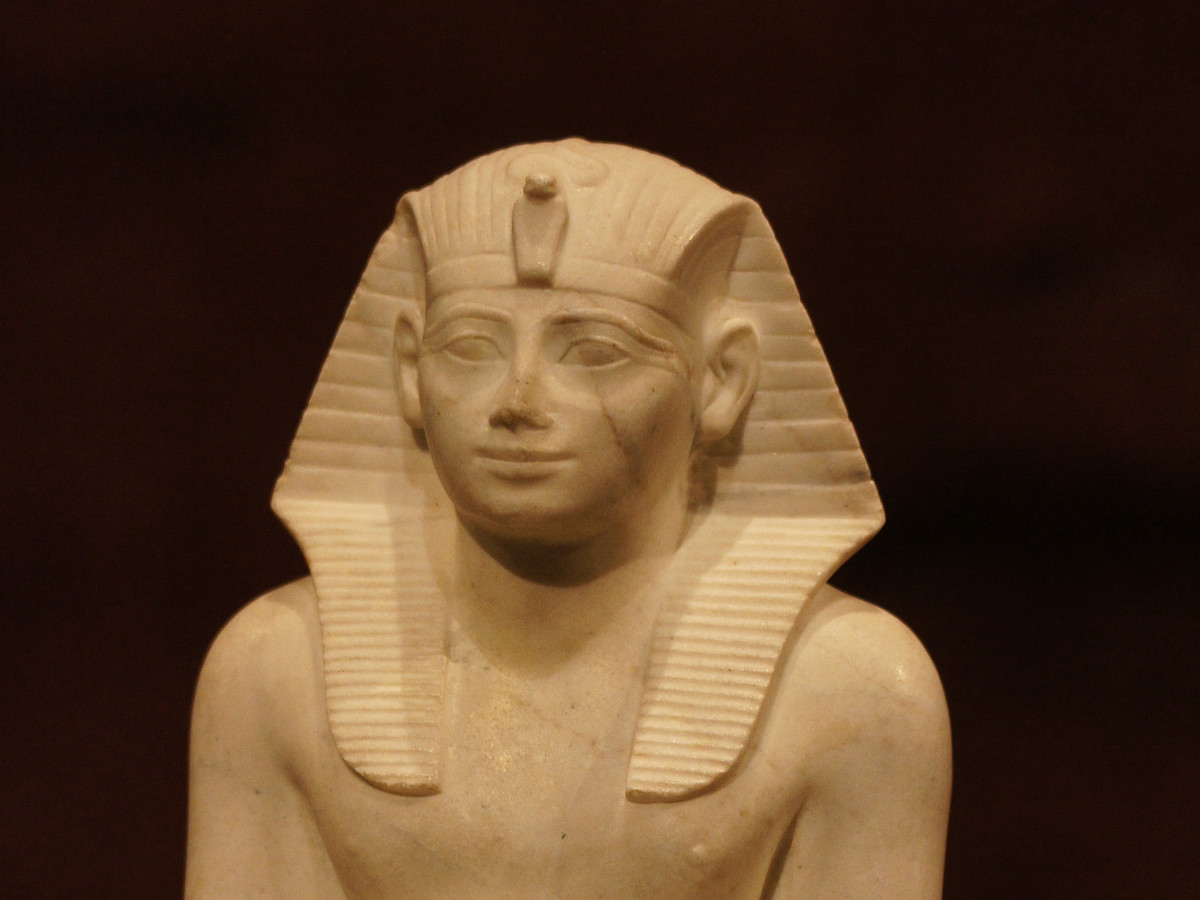
Thutmose III, often hailed as the “Napoleon of Egypt,” ascended to the throne in 1458 BC, and his reign marked a golden era for ancient Egypt. Initially overshadowed by his stepmother Hatshepsut’s rule, Thutmose III eventually assumed sole control and transformed into a military genius and astute statesman.
Known for his unparalleled military campaigns, Thutmose III expanded the Egyptian empire to unprecedented heights. The Battle of Megiddo, in 1457 BC, exemplifies his tactical brilliance, securing a decisive victory and solidifying Egypt’s dominance in the region. His military conquests extended into Nubia, Syria, and Palestine, amassing wealth and resources for the kingdom.
Beyond the battlefield, Thutmose III was a patron of the arts and culture. His reign witnessed a flourishing of monumental construction projects, with temples and structures erected throughout Egypt, showcasing his commitment to the country’s prosperity and grandeur.
Thutmose III’s legacy endures as one of the most influential pharaohs in ancient Egyptian history, lauded not only for his military prowess but also for his contributions to the cultural and economic flourishing of Egypt during the New Kingdom. His rule left an indelible imprint on the annals of time, solidifying Egypt’s status as a dominant force in the ancient world.
5. Amenhotep III (R. 1388–1351 BC)

Amenhotep III was reigning from 1388 to 1351 BC during the illustrious Eighteenth Dynasty, and is celebrated as one of ancient Egypt’s most prosperous and culturally vibrant pharaohs. Often referred to as the “Sun King,” Amenhotep III’s reign is characterized by opulence, stability, and a deep appreciation for the arts.
Under Amenhotep III’s rule, Egypt experienced an unprecedented period of wealth and abundance. The pharaoh engaged in extensive international trade, amassing vast riches that fueled the construction of monumental temples and statues, contributing to the kingdom’s cultural flourishing.
Renowned for his architectural endeavors, Amenhotep III left an enduring legacy with the construction of the Temple of Luxor and the Colossi of Memnon, massive statues that stand as guardians to his mortuary temple on the West Bank of the Nile. These structures, along with the opulent palace complex at Malkata, exemplify his commitment to artistic expression and grandiose architecture.
Amenhotep III’s diplomatic acumen is evident in his strategic alliances and marriage to Queen Tiye, enhancing Egypt’s influence on the world stage. The era of his rule is often considered a high point in Egyptian history, characterized by prosperity, artistic achievement, and diplomatic finesse, making Amenhotep III a key figure in the grand tapestry of ancient Egyptian civilization.
6. Akhenaten (R. 1351–1334 BC)
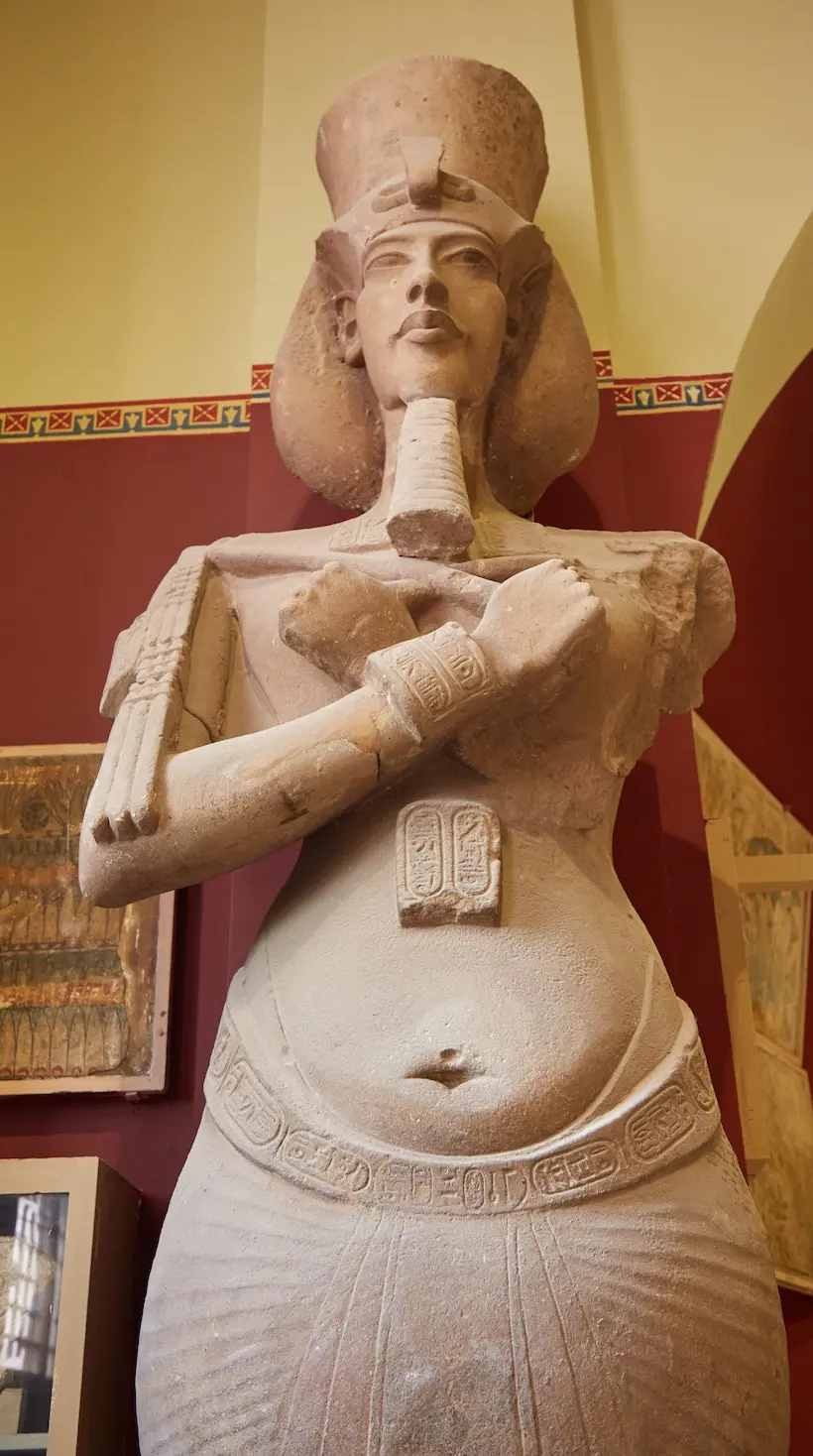
Akhenaten reigned from 1351 to 1334 BC and marked a radical departure in ancient Egyptian history with his pursuit of a monotheistic religious revolution. Born Amenhotep IV, he ascended the throne and swiftly implemented sweeping changes, most notably the worship of the sun disc, Aten, as the sole deity. This religious shift led to the establishment of a new capital, Akhetaten, dedicated to the exclusive veneration of Aten.
Akhenaten’s reign, often termed the “Amarna Period,” challenged centuries-old polytheistic traditions. The pharaoh and his queen, Nefertiti, played central roles in the cult of Aten, emphasizing a personal connection between the royal family and the divine. This departure from traditional religious practices was met with both intrigue and resistance.
Despite the innovative religious reforms, Akhenaten’s rule faced challenges, and after his death, the subsequent pharaohs sought to erase his legacy. The city of Akhetaten was abandoned, and attempts were made to erase Akhenaten’s name from historical records.
While considered a controversial figure, Akhenaten’s bold theological experiment and the artistic style of the Amarna Period left an indelible mark on ancient Egypt, influencing subsequent periods and sparking enduring debates about the balance between religious innovation and societal stability in history.
7. Tutankhamun (R. 1332–1323 BC)
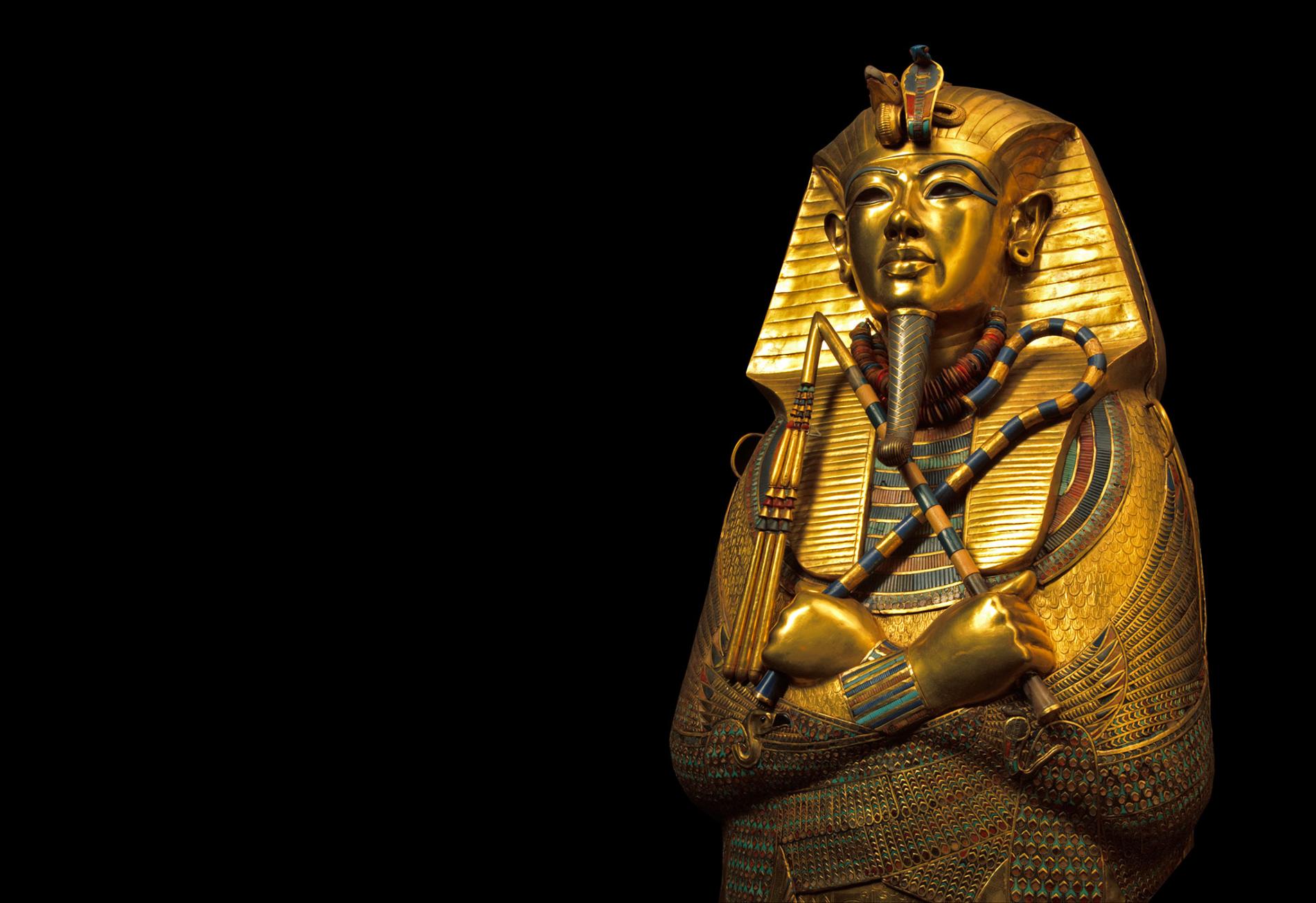
Tutankhamun ascended to the throne around 1332 BC, marking a brief but significant chapter in Egyptian history. Often referred to as King Tut, his reign lasted until 1323 BC, and it became globally renowned when his tomb was discovered nearly intact by Howard Carter in 1922.
Born Tutankhaten, he assumed the throne at a young age, and his reign was heavily influenced by the advisors and officials of the time, notably the powerful vizier Ay. Tutankhamun is believed to have played a role in restoring traditional religious practices after the radical changes initiated by his predecessor, Akhenaten.
Tutankhamun’s tomb in the Valley of the Kings, with its wealth of treasures and artifacts, provided unparalleled insights into ancient Egyptian burial practices and daily life. The iconic golden death mask found within the burial chamber has become synonymous with the opulence of ancient Egyptian royalty.
While Tutankhamun’s rule was relatively unremarkable in the historical records, the discovery of his tomb in the 20th century catapulted him to global fame, making him one of the most well-known pharaohs of ancient Egypt. The artifacts from his tomb continue to captivate scholars and enthusiasts, offering a glimpse into the splendor and mystique of the New Kingdom.
8. Ramesses II (R. 1279–1213 BC)
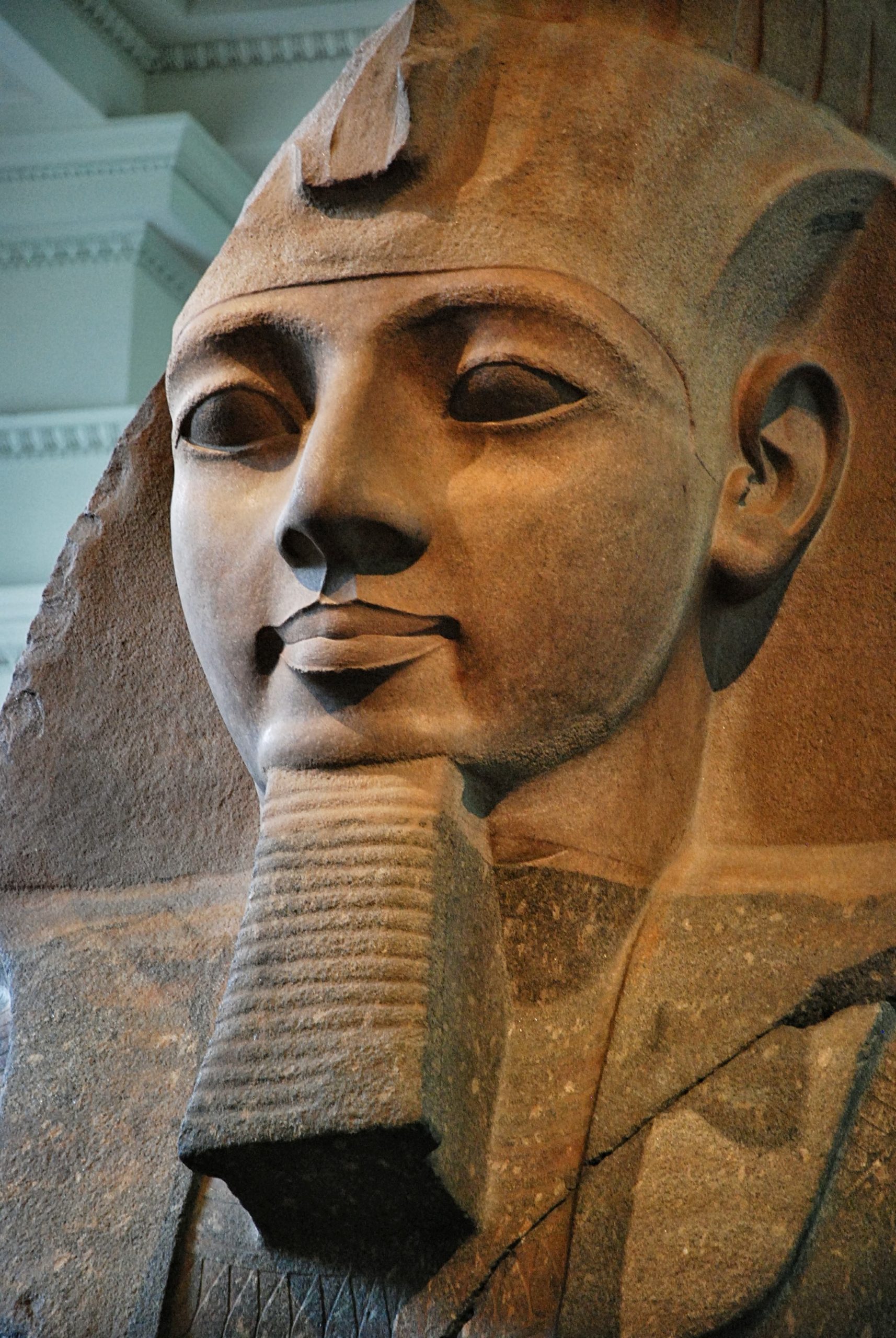
Ramesses II, often hailed as Ramesses the Great, stands as one of the most formidable and enduring figures in ancient Egyptian history. Reigning from 1279 to 1213 BC during the Nineteenth Dynasty, Ramesses II left an indelible mark on the landscape of the Nile civilization.
Known for his military prowess, Ramesses II engaged in numerous campaigns, including the famous Battle of Kadesh against the Hittites. Though the battle ended in a stalemate, Ramesses skillfully turned it into a symbol of his victory, showcasing his mastery of propaganda and diplomacy.
Beyond his military exploits, Ramesses II was an ambitious builder, commissioning colossal monuments that still grace the Egyptian landscape. The temples of Abu Simbel, carved into the cliffs of Nubia, are perhaps his most iconic creations, dedicated to himself and his queen, Nefertari.
Ramesses II’s reign was marked by prolific construction projects, economic prosperity, and an extended lifespan that allowed him to witness the growth and development of his extensive family.
His long rule contributed to the stability and grandeur of the New Kingdom, solidifying his legacy as one of Egypt’s greatest pharaohs. The epithet “the Great” befittingly encapsulates the enduring impact of Ramesses II on the rich tapestry of ancient Egyptian civilization.
9. Xerxes I (R. 486–465 BC)
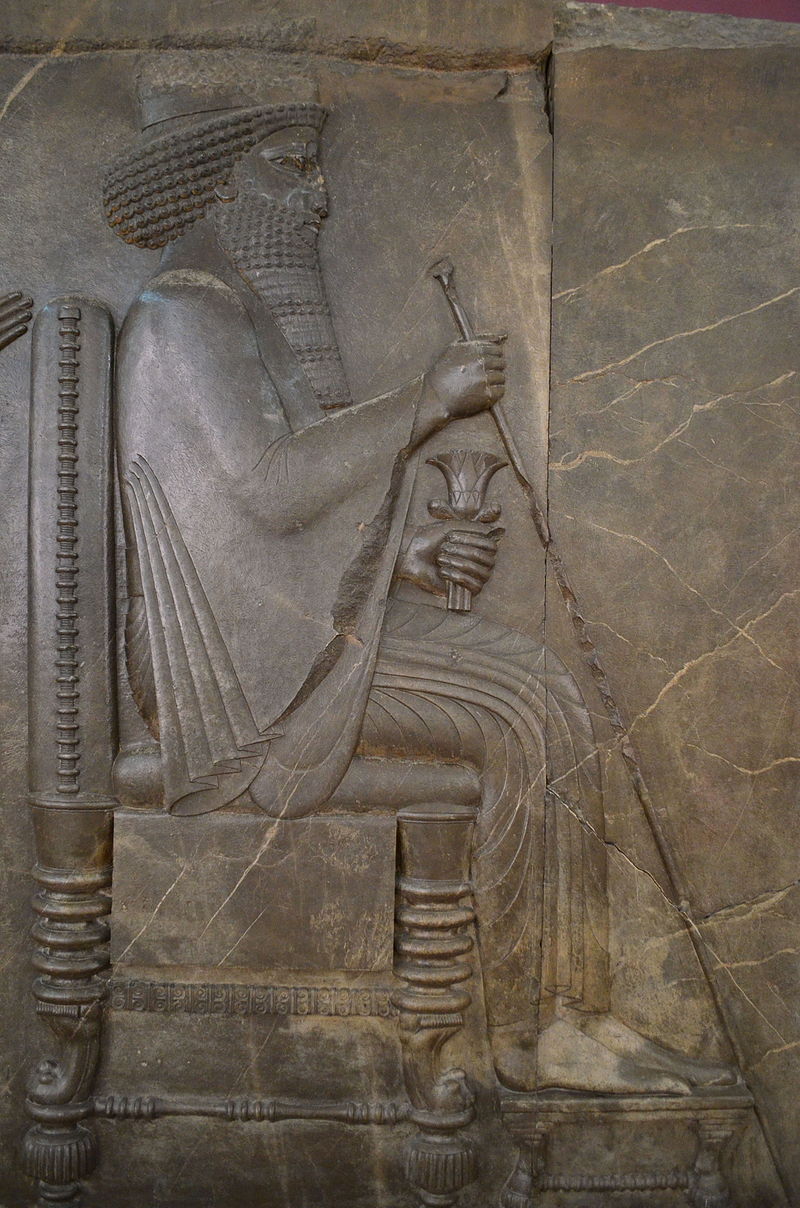
Xerxes I was the monarch of the Persian Empire from 486 to 465 BC and ascended to the throne as the successor to his father, Darius the Great. His reign is particularly notable for the ambitious military campaigns, including the famous invasion of Greece, immortalized by the Battle of Thermopylae.
During his early years as king, Xerxes focused on consolidating the empire’s power and completing the construction projects initiated by his father. However, his most renowned undertaking was the Second Persian invasion of Greece in 480 BC. Xerxes led a massive army and fleet, seeking revenge for the Persian defeat at Marathon a decade earlier. The Battle of Thermopylae and the naval engagement at Salamis were pivotal clashes during this campaign, showcasing the resilience of Greek forces.
Despite initial successes, Xerxes faced setbacks, culminating in the Persian defeat at the Battle of Plataea in 479 BC. This marked the turning point, halting Persian expansion into Greece. Xerxes returned to Persia, leaving behind a legacy that symbolized both the might and limitations of the vast Persian Empire.
Beyond military exploits, Xerxes is also remembered for his extensive construction projects, including the construction of Persepolis. His reign, characterized by both grandeur and military endeavors, remains a significant chapter in the annals of Persian history.
10. Cleopatra VII (R. 51–30 BC)
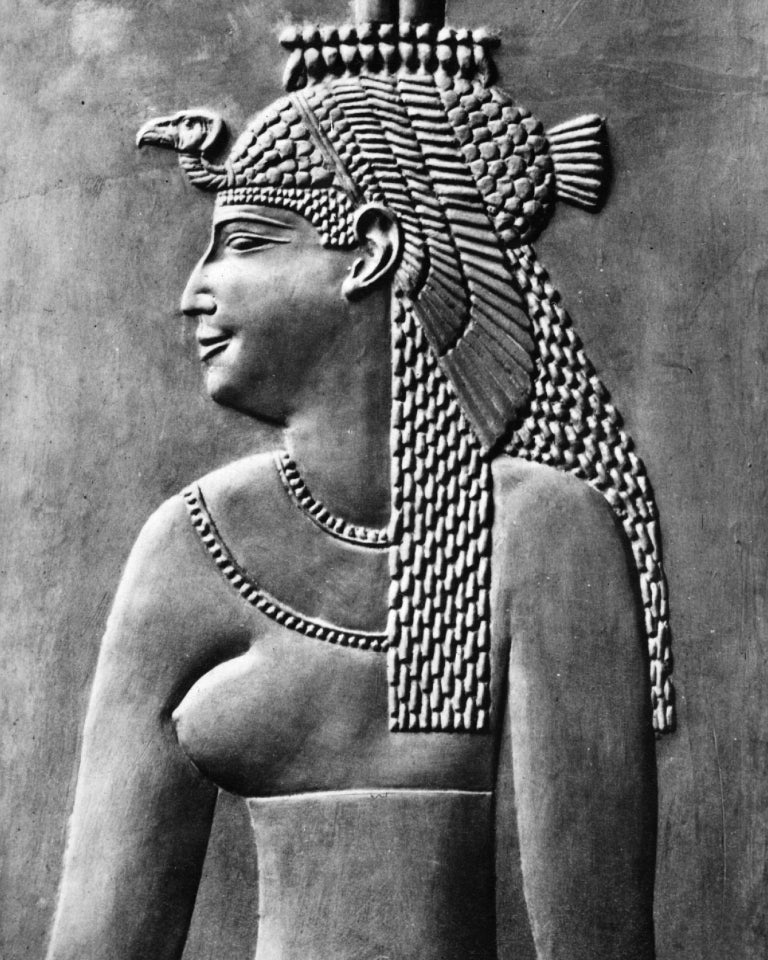
Cleopatra VII was the last Pharaoh of ancient Egypt, reigned from 51 to 30 BC and left an indelible mark on history through her political acumen, intelligence, and complex relationships with influential Roman leaders. Born into the Ptolemaic dynasty, Cleopatra ascended the throne at a time of political turmoil and external threats to Egypt’s sovereignty.
Cleopatra’s relationships with Julius Caesar and later Mark Antony played significant roles in the political landscape of the Roman Republic. Her liaison with Caesar, which began in 48 BC, established her as a powerful ally to Rome. Following Caesar’s assassination, Cleopatra aligned herself with Mark Antony, creating a formidable partnership that furthered her influence in Roman affairs.
The naval Battle of Actium in 31 BC marked the culmination of Cleopatra’s involvement in Roman politics, as her forces faced those of Octavian (later Emperor Augustus). After Antony’s defeat, Cleopatra and Antony both met tragic ends, marking the end of the Ptolemaic rule and the beginning of Egypt’s annexation by Rome.
Cleopatra’s legacy extends beyond political alliances; she is often depicted as a woman of great intellect, charm, and cultural patronage. Her story continues to captivate the imagination, immortalized in literature, art, and film, portraying her as a symbol of both political intrigue and the splendor of ancient Egypt’s final chapter.
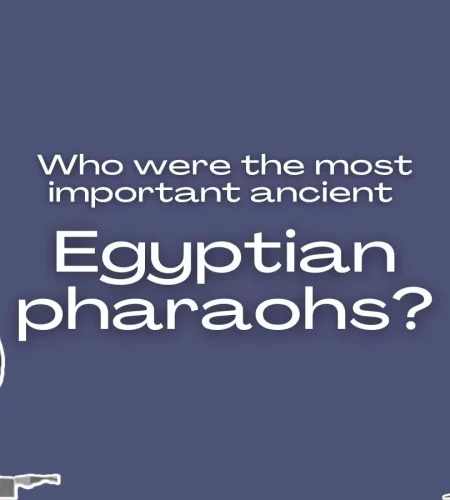
Comments